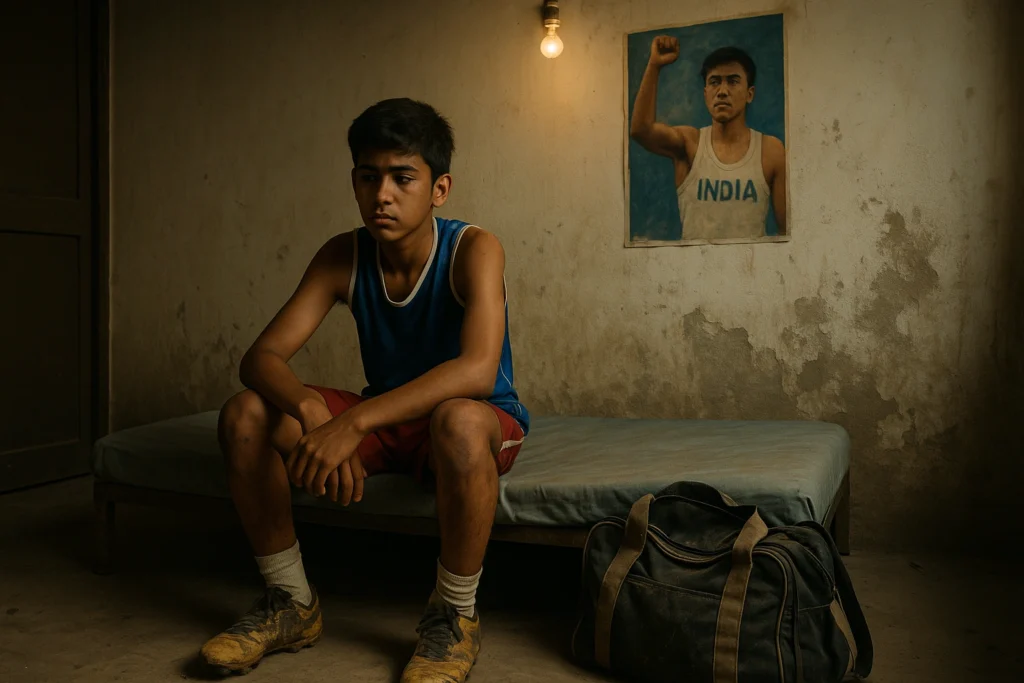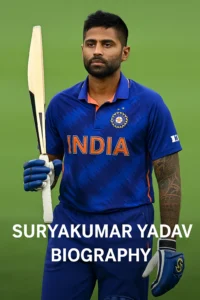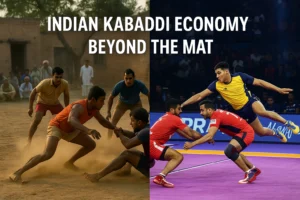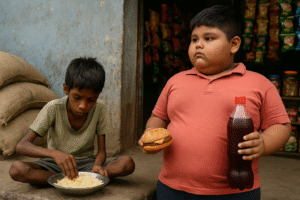Youth Sports Academies in India: A Broken Promise or a Brutal Reality?

A teenage athlete rests on his hostel bed after a long training day—highlighting the emotional and physical toll behind India's sporting ambitions.
By Somya Prabhat | newslyy.com
In dusty dormitories across India’s small towns, young athletes rise before dawn, chasing dreams born not just from talent but from desperation. For many, youth sports academies in India offer what schools or cities cannot: a shot at something greater. But behind the medal counts and social media reels, lies a murkier truth—one that too often goes untold.
From Haryana’s wrestling pits to Kerala’s athletics tracks, youth sports academies in India have become symbols of ambition. Every year, thousands of parents enroll their children in these institutions, hoping to turn raw talent into professional careers. The idea sounds promising—but is the system delivering what it claims?
Despite the boom in numbers, youth sports academies in India are plagued with inconsistencies. Many operate without proper regulation, lacking certified coaches or access to nutritionists and sports psychologists. In rural setups, it’s not uncommon to find children training for hours on end without medical backup or educational support. Some academies barely provide basic infrastructure—yet promise Olympic-level training.
What’s more troubling is that most families don’t know what to expect. Once enrolled, many students at youth sports academies in India are cut off from formal schooling. Training takes priority, even when injuries mount. This disconnect leaves a large number of dropouts with neither a degree nor a career in sports.
Cases of abuse, neglect, and psychological strain are rising as well. In a report from 2023, multiple athletes alleged mistreatment at privately run youth sports academies in India where complaints were silenced to preserve the academy’s image. The pressure to perform is often relentless, especially in lesser-known sports where funding is scarce and only the best are retained.
Globally, countries like Germany, Australia, and Japan treat sports development differently. There, youth sports training is tightly integrated with education and mental health support. Youth sports academies in India, by contrast, often prioritize output over wellbeing.
If India is serious about developing world-class athletes, the system must first become safer, more ethical, and more sustainable. That includes regulating youth sports academies in India, mandating transparent operations, and investing in child protection frameworks.
Families should not have to choose between education and sport. With proper reform, youth sports academies in India can truly become platforms of opportunity, not exploitation.
Table of Contents
The Dream That Hooks Millions
To a middle-class family in India, sports can feel like the one unpaved road to success. Not every child will crack the IITs or medical exams, but sports? That feels more accessible. Cricket, wrestling, boxing, badminton—all come with the promise of scholarships, contracts, and maybe, just maybe, a national medal.
That dream is powerful enough to make parents send their children to academies hundreds of kilometers away. Often, these centers promise structured training, nutritious food, academic support, and exposure to competitions.
But dig deeper, and many of those promises fall apart.
A System Built on Fragility
Today, India has over 10,000 private and semi-private youth sports academies, according to a 2024 FICCI report. Yet fewer than 15% of them are formally regulated. Most operate independently, without oversight from the Sports Authority of India (SAI) or any state sports council.
In many cases, coaching staff lack professional certifications. Some haven’t played the sport themselves beyond district level. Medical staff? Often absent. Psychological support? Almost unheard of.
We spoke to a former athlete from a wrestling academy in Uttar Pradesh who recalled collapsing during training due to heatstroke. “They poured water on me and told me to keep going. I was 14,” he said.
This is not the exception. In many youth sports academies in India, the environment is as intense as it is indifferent.
The Harsh Cost of Chasing Glory
For every success story—think Neeraj Chopra or PV Sindhu—there are thousands of untold tales. Injuries are common. So are burnout and dropout. A 2022 study by the Indian Institute of Sports Medicine found that three out of five academy athletes aged 13–18 suffer from overuse injuries—knee tears, spine issues, or shoulder damage that can end a career before it begins.
Even more troubling is the academic gap. In most smaller academies, formal education is a secondary concern. Classrooms become optional, exams are missed, and by the time a child turns 17, there’s often no backup plan if sports doesn’t work out.
Parents, many of whom are not fully informed, continue to bet everything on this uncertain gamble.
Safety Is Rarely Guaranteed
Safety and dignity remain critical concerns, particularly for female athletes. In 2023, allegations emerged from a regional athletics academy in Tamil Nadu, where young girls accused their coach of harassment. The case revealed there were no female wardens, no complaint mechanism, and no CCTV surveillance.
When similar complaints arise, they’re usually buried—either by families fearful of backlash or administrators more concerned with reputation than justice.
This absence of safeguards points to a deeper systemic issue: youth sports academies in India are often treated as talent mills, not institutions of learning or protection.
Youn may also like (Why the WPL Could Redefine Women’s Sports in India.)
Global Lessons, Local Blindness
Countries like Japan and Germany treat youth sports development as a hybrid model—equal parts athletics, education, and psychological care. Coaches are trained in pedagogy, not just performance. Kids have access to counselors, dieticians, and career guidance officers.
Why can’t India follow suit?
Despite programs like Khelo India, which aims to improve infrastructure and support budding athletes, implementation is uneven. Large metros get funds. Rural and semi-urban academies, where most athletes come from, are left behind.
The Role of Media: Glorification without Accountability
Social media has a habit of romanticizing the grind. Clips of 10-year-olds running sprints in 40°C heat, doing endless pushups, or crying during training are praised for “dedication” and “mental toughness.”
What’s rarely asked is—at what cost?
This glorification of hardship normalizes systemic abuse. It tells parents that suffering is part of success, and tells kids that rest is weakness. As a result, many don’t speak up even when they’re hurt, or worse, scared.
Can the System Be Fixed?
Yes—but only if accountability becomes the norm. Here’s where India must begin:
- Make accreditation mandatory: All sports academies must register under a central authority, with periodic checks on facilities, staff qualifications, and safety protocols.
- Integrate academics: Sports and schooling must go hand-in-hand. This ensures children have something to fall back on.
- Install athlete support systems: From physical therapy to mental health counseling, every serious academy should provide care beyond the field.
- Public audits: Let families and the public see which academies meet standards. Transparency can be a powerful driver of reform.
A Closing Thought: Who Are We Really Building?
It’s easy to cheer for an Olympic medal. It’s easy to idolize an IPL contract. But before the podium, before the fame, there’s a child—just like Arjun—sprinting in the dark, hoping that someone, somewhere, will see him.
India doesn’t lack talent. What it lacks is a system that protects, nurtures, and values its young athletes beyond their scoreboard stats.
If we want champions, let’s start by treating them like children first—and commodities never.





